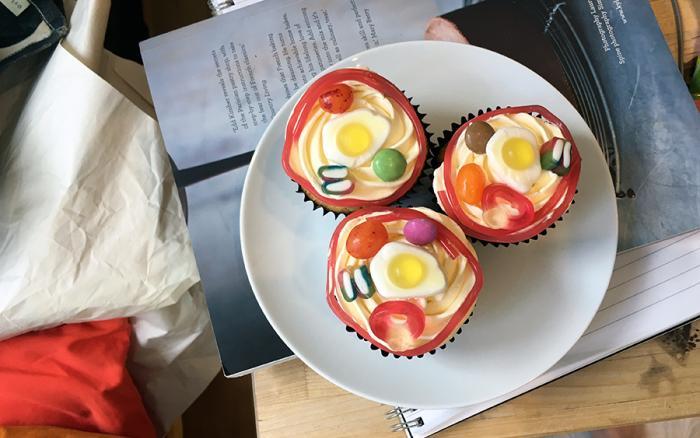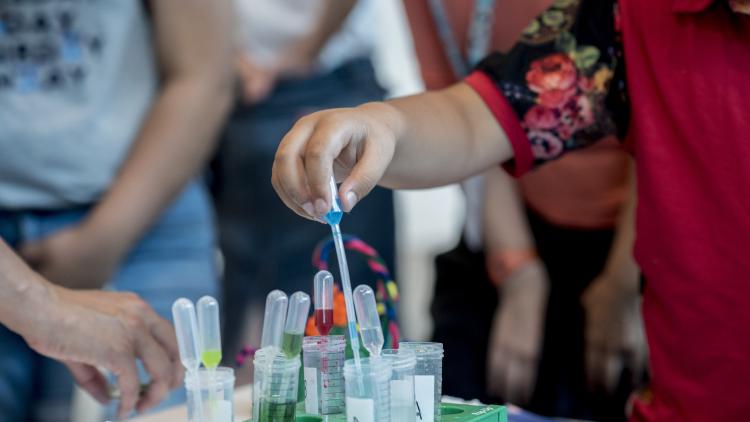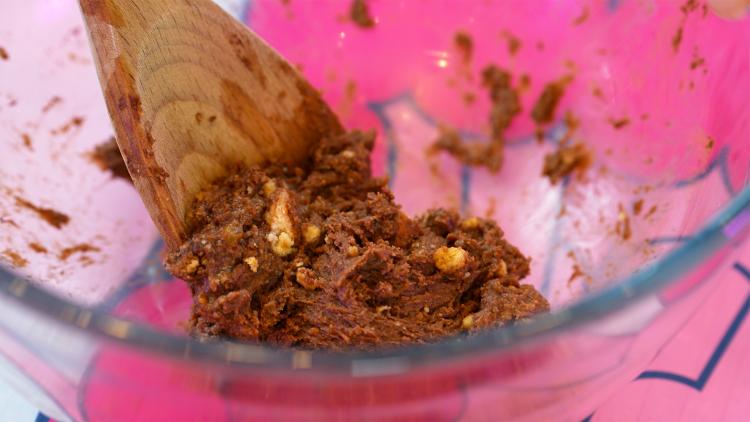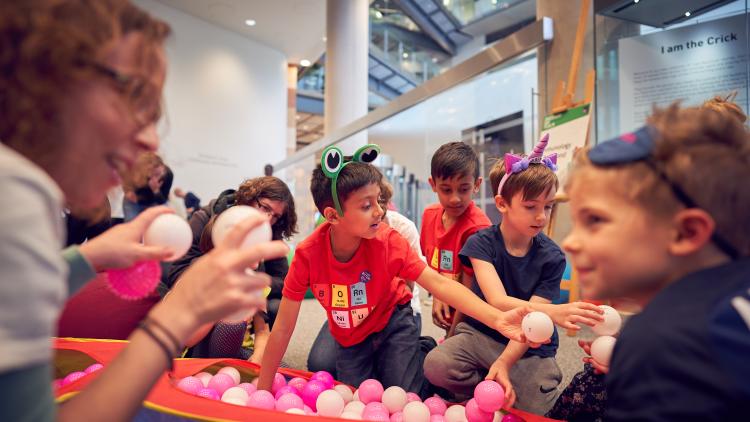Make cell cakes
This activity will take 60 minutes, is for ages 7 to 10 with supervision needed.
Our bodies are made up of trillions of building blocks called cells, which work to together to keep your body running.
Here at the Francis Crick Institute, scientists work with lots of different kinds of cells. They look at the bits inside the cells to see how the whole cell works together.
You're going to decorate some cupcakes to look like cells and learn about the different things that can be inside cells.
You'll need
- Plain cupcakes
- Icing or buttercream
- Big round sweets like giant chocolate buttons or fried eggs
- Oval sweets like jelly beans
- Stripy sweets like rainbow belts
- Long thin sweets like strawberry laces
- Ring-shaped sweets like jelly rings
- Small round sweets like Smarties or Skittles
You can either make the cake or icing yourself (we like this recipe!) or use ones you've bought at the shop.
Don't worry if you can't get all the sweets or the exact ones we recommend. Look for ones that look similar or draw the shapes with squeezy icing.
Create your cells
Before you get started, get an adult to cut your stripy sweets into small chunks. Spread the icing onto the cupcakes. You've just added the cytosol - the liquid inside the cell!
Now, use the picture and Yan's video to decorate your cell cakes with all the different parts.
What does each sweet mean?
- The icing is the cytosol. This is the liquid that holds all the different parts of the cell.
- The big round sweet is the nucleus. This has the cell's instructions and controls what the cell does.
- The strawberry lace is the cell membrane. This keeps the cell separate from cells around it. It also controls what moves in and out of the cell.
- The oval-shaped sweets are the mitochondria. These are the powerhouses of the cell. They use oxygen and sugar to make energy.
- The small round sweet is the lysosome. This is the cell's recycling centre, where unwanted material is broken down and reused.
- The ring-shaped sweet is the vesicle. This is a pocket filled with liquid that transports things between different parts of the cell.
- The stripy sweets are the Golgi apparatus. This makes the vesicles and lysosomes (the small round sweets and the ring-shaped sweets!)




